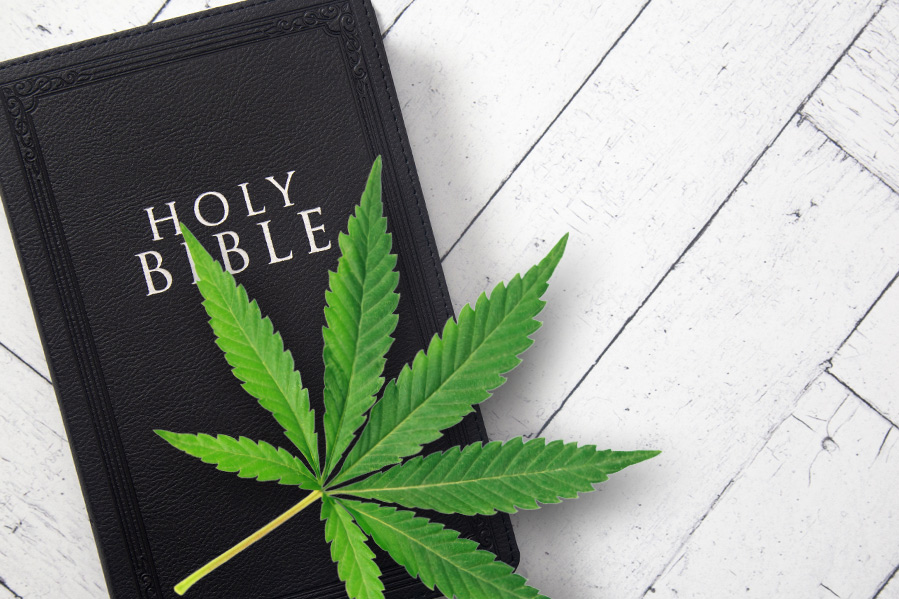
The Use of Marijuana as Incense
by The Ethiopian Zion Coptic Church
According to the Encyclopedia Britannica: “Pharmacological Cults”, “…the ceremonial use of incense in contemporary ritual is most likely a relic of the time when the psychoactive properties of incense brought the ancient worshipper in touch with supernatural forces.”
In the temples of the ancient world, the main sacrifice was the inhalation of incense. Incense is defined as the perfume or smoke from spices and gums when burned in celebrating religious rites or as an offering to a deity. Bronze and gold incense burners were cast very early in history and their forms were often inspired by cosmological themes representing the harmonious nature of the universe.
The following piece was taken from “Licit and Illicit Drugs”, page 31.
“In the Judaic world, the vapors from burnt spices and aromatic gums were considered part of the pleasurable act of worship. In proverbs (27:9) it is said that ‘Ointment and perfumes rejoice the heart.’ Perfumes were widely used in Egyptian worship. Stone altars have been unearthed in Babylon and Palestine, which have been used for burning incense made of aromatic wood and spices. While the casual readers today may interpret such practices as mere satisfaction of the desire for pleasant odors, this is almost certainly an error; in many or most cases, a psychoactive drug was being inhaled. In the islands of the Mediterranean 2,500 years ago and in Africa hundreds of years ago, for example leaves and flowers of a particular plant were often thrown upon bonfires and the smoke inhaled; the plant was marijuana.”
(Edward Preble and Gabriel V. Laurey, Plastic Cement: The Ten Cent Hallucinogen, International Journal of the Addictions, 2 (Fall 2967): 271-272.
“The earliest civilizations of Mesopotamia brewed intoxicating beer of barley more than 5,000 years ago; is it too much to assume that even earlier cultures experienced euphoria, accidentally or deliberately, through inhalation of the resinous smoke of Cannabis?”
(Ritual Use of Cannabis Sativa L, p. 216.)
“It is said that the Assyrians used hemp (marijuana) as incense in the seventh or eighth century before Christ and called it ‘Qunubu’, a term apparently borrowed from an old East Iranian word ‘Konaba’, the same as the Scythian name ‘cannabis’.” (Plants of the Gods – Origin of Hallucinogenic Use by Richard E. Schultes and Albert Hoffman)
“It is recorded that the Chinese Taoist recommended the addition of cannabis to their incense burners in the 1st century as a means of achieving immortality.”
(Marijuana, the First Twelve Thousand Years by Earnest Abel, page 5)
“There is a classic Greek term, cannabeizein, which means to smoke cannabis. Cannabeizein frequently took the form of inhaling vapors from an incense burner in which these resins were mixed with other resins, such as myrrh, balsam, frankincense, and perfumes.” (Ritual Use of Cannabis Sativa L)
“Herodotus in the fifth century B.C. observed the Scythians throwing hemp on heated stone to create smoke and observed them inhaling this smoke. Although he does not identify them, Herodotus states that when they “have parties and sit around a fire, they throw some of it into the flames. As it burns, it smokes like incense, and the smell of it makes them drunk, just as wine does us. As more fruit is thrown on, they get more and more intoxicated until finally they jump up and start dancing and singing.” (Herodotus, Histories 1.202.)

